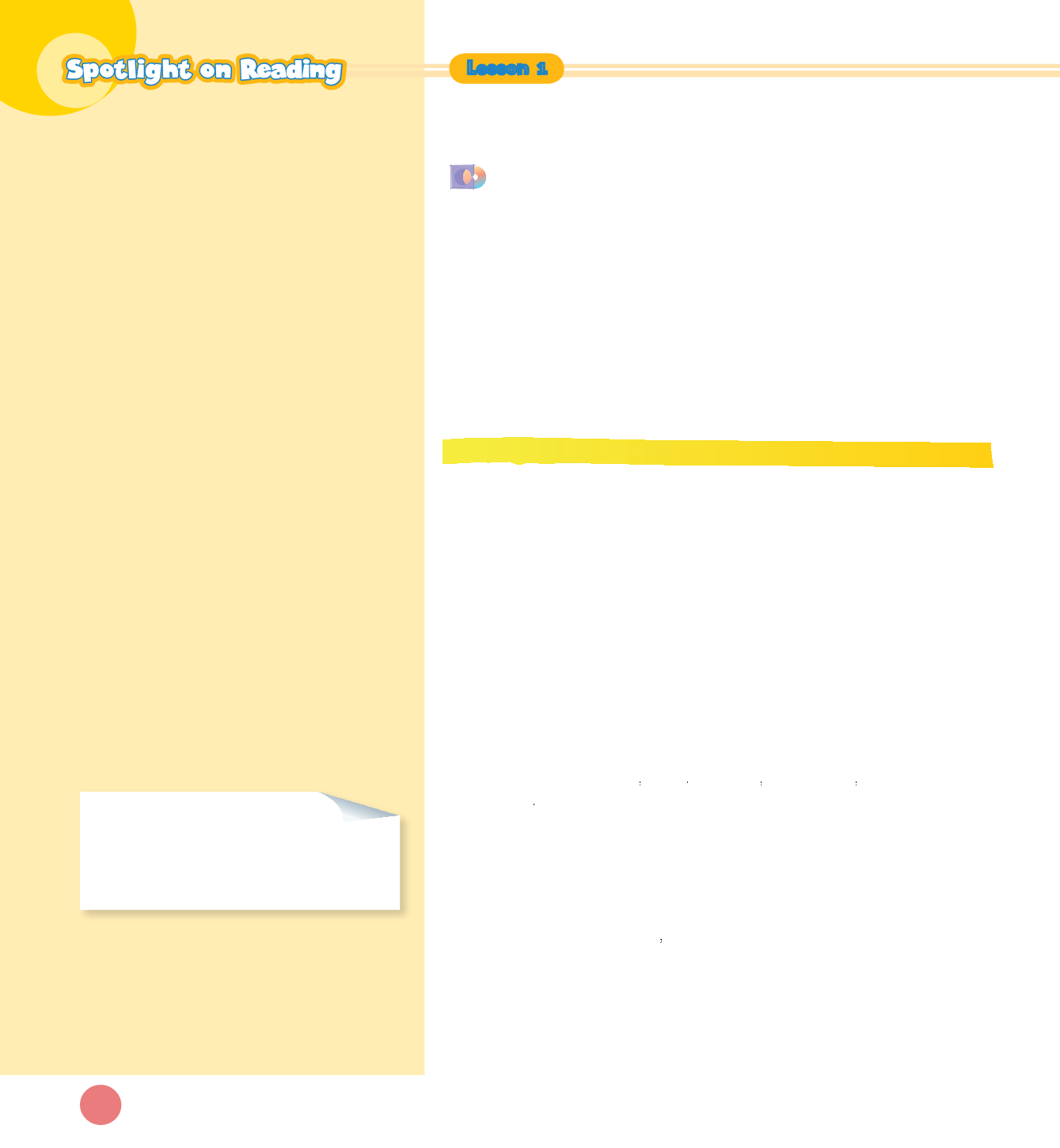

Key Vocabulary
community
historic
locations
volunteering
Functions and Forms
Q
Describing actions
I volunteer at the library by reading to the
children.
Q
Identifying community locations
The library is a building in our community.
Q
Identifying community workers
The mayor helps run our community.
English Language Development Skills
Listening
+
Connect and relate prior experiences, insights,
and ideas to those of a speaker.
+
Respond to questions with appropriate
elaboration.
Speaking
+
Organize ideas chronologically or around major
points of information.
Reading
+
Use sentence and word context to find the
meaning of unknown words.
Writing
+
Write descriptions that use concrete sensory
details to present and support unified impressions
of people, places, things, or experiences.
+
Classify grade-appropriate categories of words.
Materials
Community
Photo Cards
CD Track 19
three posterboards
Unit 4
My Community
110
Introduce the Theme
ORAL LANGUAGE DEVELOPMENT
Student Book pages 110–111: Tell students that they will be learning
about communities in this unit. Read the Topics to explore with students.
Ask
What are some important locations in our community? Who are the
people who work there? What are some of the old or historic buildings in our
community?
Tell students that historic buildings were built long ago and
represent the history of the town. Then, have students discuss ways that
people volunteer in the community. After going over the Topics to explore,
play Track 19 and have students listen to the riddle on the page. Play the
track again and read the riddle together with students, line by line. Have
students discuss the riddle and identify what is being described in the
riddle. Elicit from students that the correct answer to the riddle is a library.
Theme -Related Vocabular y
Assess students’ language levels related to the theme by pointing to pictures
in the book. Display the
Community
Photo Cards to the class. Have students
identify the people and places that are part of a community.
Have students identify the picture’s setting.
Point to the bookshelves. Point to
the tables.
Ask students where these items are located.
What type of building
contains bookshelves and tables?
Note:
The phonics activities on the back of
each photo card may be used to supplement instruction.
Have students point to the people in the picture. Ask
What are the people
in the picture doing? What is on the floor next to some of the people in the
picture?
Have students identify objects in the
Community
Photo Cards. Then, point
to the
Community
Photo Cards that show people. Ask
Who are the people
on these cards?
Elicit
grocer
,
baker
,
firefighter
,
police officer
,
florist
, and
mail carrier
. Write student responses on the board. Next, ask students to
look at the photo cards that show places. Ask
Which photo card shows the
community location for each community person listed on the board?
Have
students match the cards with the corresponding community people listed
on the board. Then, ask students to look at the picture in their book. Elicit
as many vocabulary words as possible from the photo. Some of the words
might include
books
,
bookshelf
tables
,
chairs
,
windows
,
backpacks
,
students
,
homework
,
research
,
studying
,
aisles
,
volumes
, and
reference materials
.
Lesson 1
VOCABULARY DEVELOPMENT


















